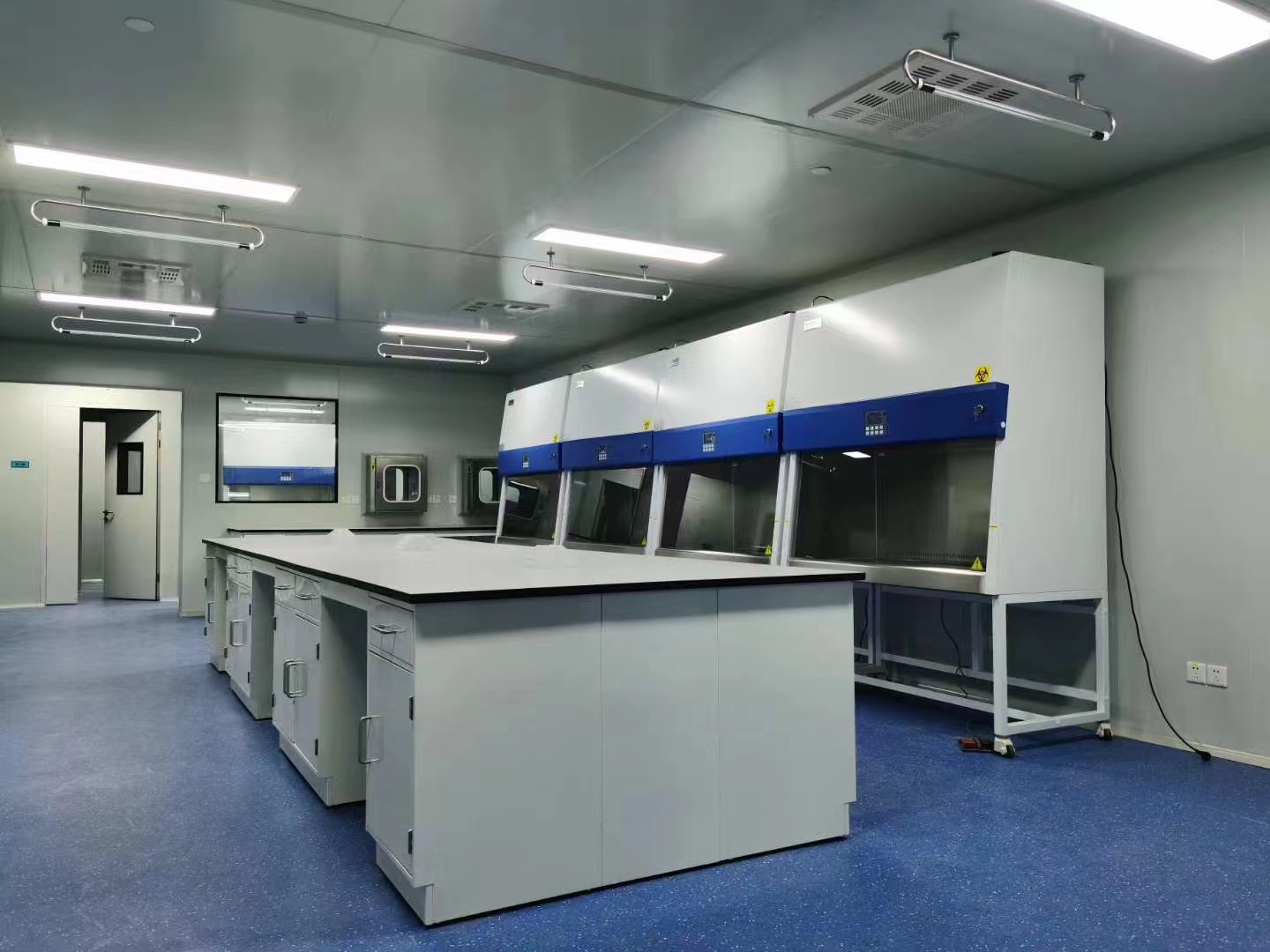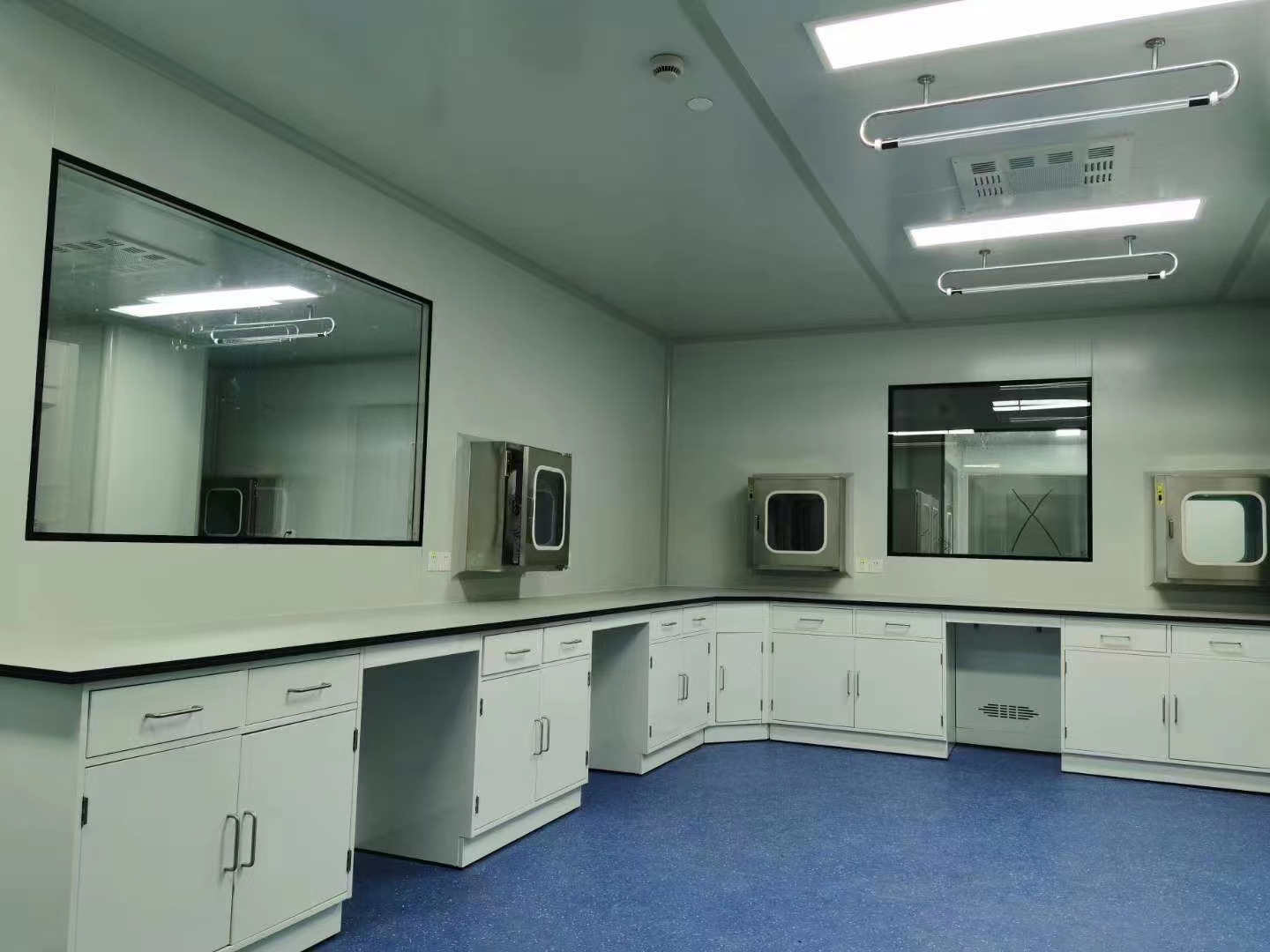

Irradiating indoor air with ultraviolet germicidal lamps can prevent bacterial contamination and completely sterilize.
Air sterilization of general purpose rooms:
For general-purpose rooms, unit volume of air can be used to radiate radiation with a radiation intensity of 5uW/cm² for 1 minute to sterilize. Generally, the sterilization rate of miscellaneous bacteria can reach 63.2%. The sterilization line intensity usually used for prevention purposes can be 5uW/cm². For environments with strict cleanliness requirements, high humidity, and harsh conditions, the sterilization intensity needs to be increased by 2 to 3 times.
Air sterilization of general purpose rooms:
How to install and use ultraviolet germicidal lamps. The ultraviolet rays emitted by germicidal lamps are the same as those emitted by the sun. Exposure to a certain intensity of radiation for a period of time will cause the skin to tan. If it is directly irradiated on the eyeballs, it will cause conjunctivitis or keratitis. Therefore, strong sterilizing lines should not be irradiated on exposed skin, and direct viewing of turned on sterilizing lamps is not allowed.
Generally, the height of the working surface in a pharmaceutical clean room from the ground is between 0.7 and 1m, and the height of people is mostly below 1.8m. Therefore, in rooms where people stay, it is appropriate to partially radiate the room, that is, to irradiate the space below 0.7m and above 1.8m through the natural circulation of air, the air sterilization of the whole room can be achieved. For clean rooms where people stay indoors, in order to prevent ultraviolet rays from directly shining on people's eyes and skin, chandeliers that radiate upward ultraviolet rays can be installed. The lamps are 1.8~2m away from the ground. In order to prevent bacteria from invading the clean room from the entrance, a chandelier can be installed at the entrance or a germicidal lamp with high radiation output is installed on the channel to form a sterilizing barrier, so that the air containing bacteria can enter clean room after being sterilized by radiation.
Air sterilization of clean room:
According to general domestic customs, the opening and closing procedures of germicidal lamps in preparation workshops of pharmaceutical clean rooms and the sterile rooms of food clean rooms are as follows. The attendant will turn it on half an hour before going to work. After work, when staff enter clean room after showering and changing clothes, they will turn off the sterilizing lamp and turn on the fluorescent light for general lighting; when the staff leaves the sterile room after work, they will turn off the fluorescent light and turn on the sterilizing light. The person on duty turns off the main switch of the germicidal lamp. According to such operating procedures, it is required to separate the circuits of germicidal lamps and fluorescent lamps during design. The main switch is located at the entrance of the clean area or in duty room, and sub-switches are set at the door of each room in clean area.
Air sterilization of clean room:
When the separate switches of germicidal lamps and fluorescent lamps are set together, they should be distinguished by rockers of different colors: in order to increase the radiation of ultraviolet rays, the ultraviolet lamp should be as close as possible to the ceiling. At the same time, polished surfaces with high reflectivity can also be installed on the ceiling. Aluminum reflective panels to enhance sterilization efficiency. Generally, the sterile rooms in preparation workshops and food manufacturing clean rooms have suspended ceilings. The height of the suspended ceiling from the ground is 2.7 to 3m. If the room is supplied with air from the top, the arrangement of the lamps must be consistent with the arrangement of the air supply outlets. Coordination, at this time, a complete set of lamps assembled by a combination of fluorescent lamps and ultraviolet lamps can be used. Generally, the sterilization rate of the sterile room is required to reach 99.9%.
Post time: Dec-27-2023

